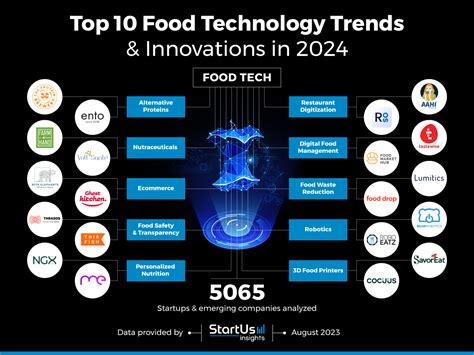Introduction

The pet food industry is a rapidly growing and evolving sector, driven by increasing pet ownership and pet food trends. As the humanization of pets continues, pet owners are demanding higher-quality, more nutritious, and innovative pet food products. This article explores the key trends shaping the pet food industry in 2025 and beyond, comparing traditional approaches with emerging innovations.
1. Premiumization and Personalization
The pet food industry is witnessing a growing demand for premium pet food products tailored to specific pet needs. Pet owners are increasingly opting for high-quality, all-natural, and organic ingredients that meet their pets’ health and well-being requirements. This has led to the rise of personalized pet food products, with customized diets and supplements formulated for different breeds, ages, and health conditions.
2. Diversifying Protein Sources
Traditionally, meat has been the primary protein source in pet food products. However, the growing awareness of animal welfare and sustainability concerns has fueled the exploration of alternative protein sources. Plant-based proteins, such as peas, lentils, and quinoa, are gaining popularity due to their nutritional value and environmental benefits. Insect-based proteins are also emerging as a potential sustainable protein source for pet food.
3. Functional Pet Foods
Functional pet foods, designed to address specific health issues or conditions, are becoming increasingly prevalent. These products contain ingredients that provide nutritional or medicinal benefits, such as joint support, skin and coat health, and digestive health. Pet owners are looking for pet food products that not only nourish their pets but also contribute to their overall health and well-being.
4. E-commerce and Convenience
The rise of e-commerce has significantly impacted the pet food industry. Pet owners are increasingly turning to online platforms to purchase pet food products due to the convenience and wider selection of products. Subscription-based services, such as Chewy and JustFoodForDogs, deliver personalized pet food recommendations and automated deliveries, catering to the growing demand for convenience and personalization.
5. Data-Driven Pet Nutrition
Advances in technology are enabling the development of data-driven pet nutrition products. Pet activity trackers and monitoring devices can collect data on a pet’s activity levels, sleep patterns, and food consumption. This data can be used to create customized diet plans and recommendations tailored to each pet’s individual needs.
Table 1: Pet Food Industry Revenue Forecast
| Year | Revenue (USD billion) | Growth Rate (%) |
|---|---|---|
| 2023 | 106.1 | 5.5 |
| 2024 | 111.8 | 5.3 |
| 2025 | 117.6 | 5.2 |
Table 2: Top Pet Food Markets
| Market | Revenue (USD billion) | Share (%) |
|---|---|---|
| United States | 33.1 | 31.2 |
| China | 20.2 | 19.0 |
| Brazil | 10.3 | 9.7 |
| United Kingdom | 8.5 | 8.0 |
| France | 8.0 | 7.5 |
Table 3: Pros and Cons of Traditional vs. Innovative Pet Food Approaches
| Approach | Pros | Cons |
|---|---|---|
| Traditional | Well-established, lower cost | Less variety, limited nutritional value |
| Innovative | Higher-quality, more nutritious | Higher cost, potential safety concerns |
Table 4: Effective Strategies to Tap into Pet Food Industry Trends
| Strategy | Description |
|---|---|
| Focus on premiumization | Offer high-quality, all-natural, and organic pet food products. |
| Diversify protein sources | Explore plant-based and insect-based protein sources to meet the growing demand for sustainable and ethical pet food. |
| Develop functional pet foods | Formulate pet food products that address specific health concerns and provide nutritional or medicinal benefits. |
| Invest in e-commerce and convenience | Establish a strong online presence and explore subscription-based services to cater to the growing demand for convenience and personalization. |
| Leverage technology for data-driven pet nutrition | Utilize pet activity trackers and monitoring devices to collect data on pet behavior and tailor diet recommendations accordingly. |
Conclusion
The pet food industry is poised for continued growth and innovation in the years to come. By embracing the evolving trends of premiumization, diversification, functionality, convenience, and technology, pet food companies can meet the changing demands of pet owners and position themselves for success in the competitive pet food market. As the industry continues to evolve, it will be crucial for pet food manufacturers to strike a balance between traditional approaches and innovative solutions to deliver the best possible nutrition and care for our beloved companion animals.





















